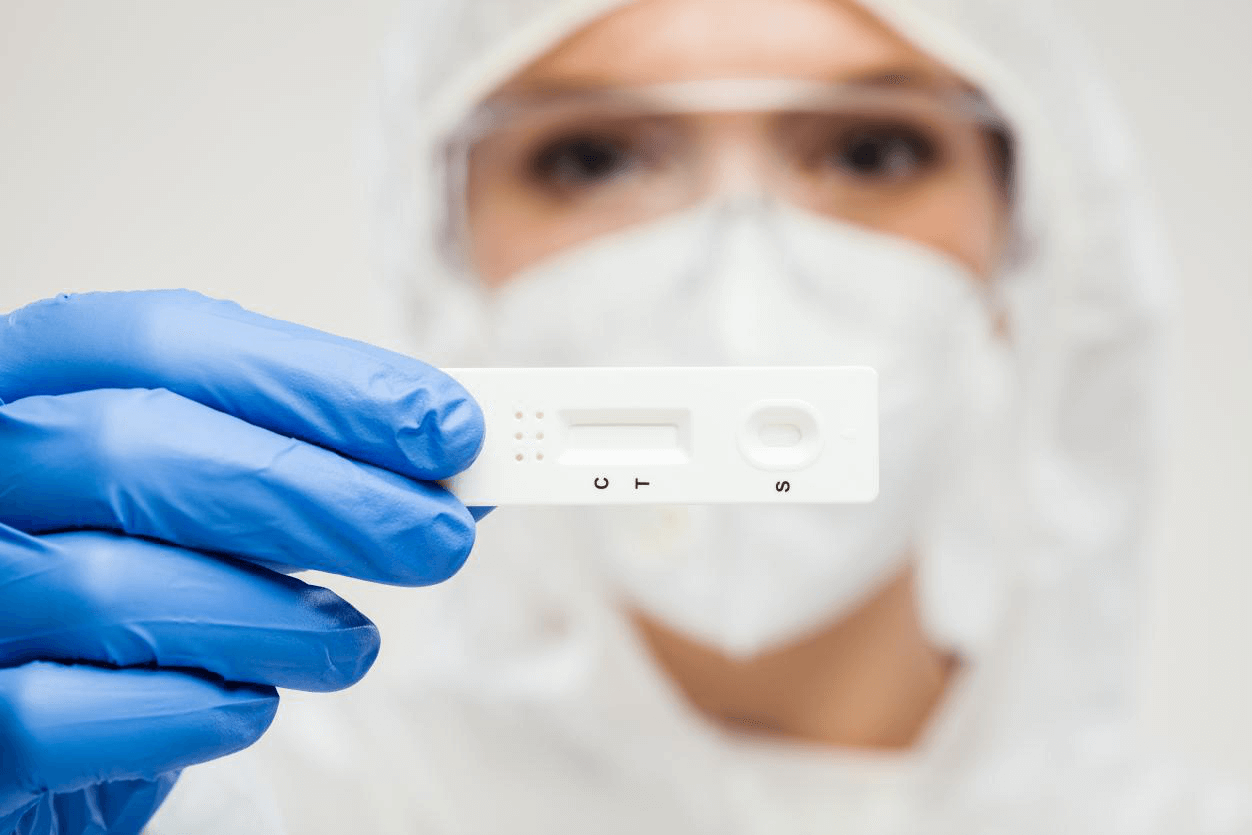Since the establishment of immunolabeling in the 1960s, with the continuous development of new theories, new methods, new materials, new processes and new products, labeling immunoassay technology has been developed in depth. At present, a comprehensive marker immunoassay system with multiple markers and multiple reaction modes has been formed, integrating basic medicine, experimental technology and clinical application. In 1971, Faulk and Taytor introduced colloidal gold into immunochemistry. Since then, immunocolloidal gold technology has become another mature and widely used important technology after enzyme immunolabeling, radioimmunolabeling and fluorescent immunolabeling. , and with the maturity of monoclonal technology and the rise of nanotechnology, it has been gradually improved and developed.
Commonly used immunolabeling substances
Category | Marker | Application |
Fluorescein | FITC, RB200, TRITC Lanthanide Chelate | immunohistochemistry immunoassay assay |
Radionuclide | 3H、14C、32P、57Gr、125I、131I | immunohistochemistry |
Enzyme | HRP、AP | immunohistochemistry immunoassay assay |
Chemiluminescent | Luminol、lucigenin | immunohistochemistry |
Metal particles | Colloidal gold, ferritin | immunohistochemistry immunoassay assay |
Immunocolloidal gold technology is an immunolabeling technology that uses colloidal gold as a tracer marker for antigen-antibody reaction. Immunocolloidal gold technology is a commonly used labeling technology with its unique advantages, such as simple and rapid operation method, high sensitivity, strong specificity, good stability, accurate results, and easy determination. Auxiliary diagnosis of clinical diseases has a certain role. As a new type of immunolabeling technology, immunocolloidal gold technology has been widely used in many fields, such as tumors, cardiovascular diseases, infectious diseases, digestive system diseases, drug detection, etc. By combining with electron microscope/light microscope, flow cytometry, agglutination test, western blotting technology, immunochromatography and other experimental techniques, it can quantitatively or semi-quantitatively measure endocrine hormones, proteins, polysaccharides, nucleic acids, neurotransmitters, receptors, Cytokines, cell surface antigens, tumor markers, blood drug concentrations and other biologically active substances. The current applications in medical testing are mainly immunochromatography and Dot-immunogold filtration assay (DIGFA), which are used to detect HBsAg, HCG and anti-double-stranded DNA antibodies.
Advantages of colloidal gold immunoassay:
1. It does not require the use of radioisotopes, or enzyme chromogenic substrates with potential carcinogens, nor does it require a fluorescence microscope, making the operation easier;
2. The colloidal gold method is pollution-free, and it does not pollute the environment without harming the operator;
3. The colloidal gold-labeled antibody is relatively stable in room temperature storage under lyophilized state, and has a long validity period;
4. High sensitivity.
The combination of colloidal gold labeling technology and bedside detection and diagnosis technology can quickly obtain results, easy to operate, and the equipment is miniaturized and easy to carry. It can effectively guide doctors to formulate treatment plans, and patients can timely understand their own conditions. This technology meets the needs of the development of modern society and opens up new development space for bedside detection and diagnosis technology.

Easysweet believes that because of POCT, patient-centricity is no longer a dream.


